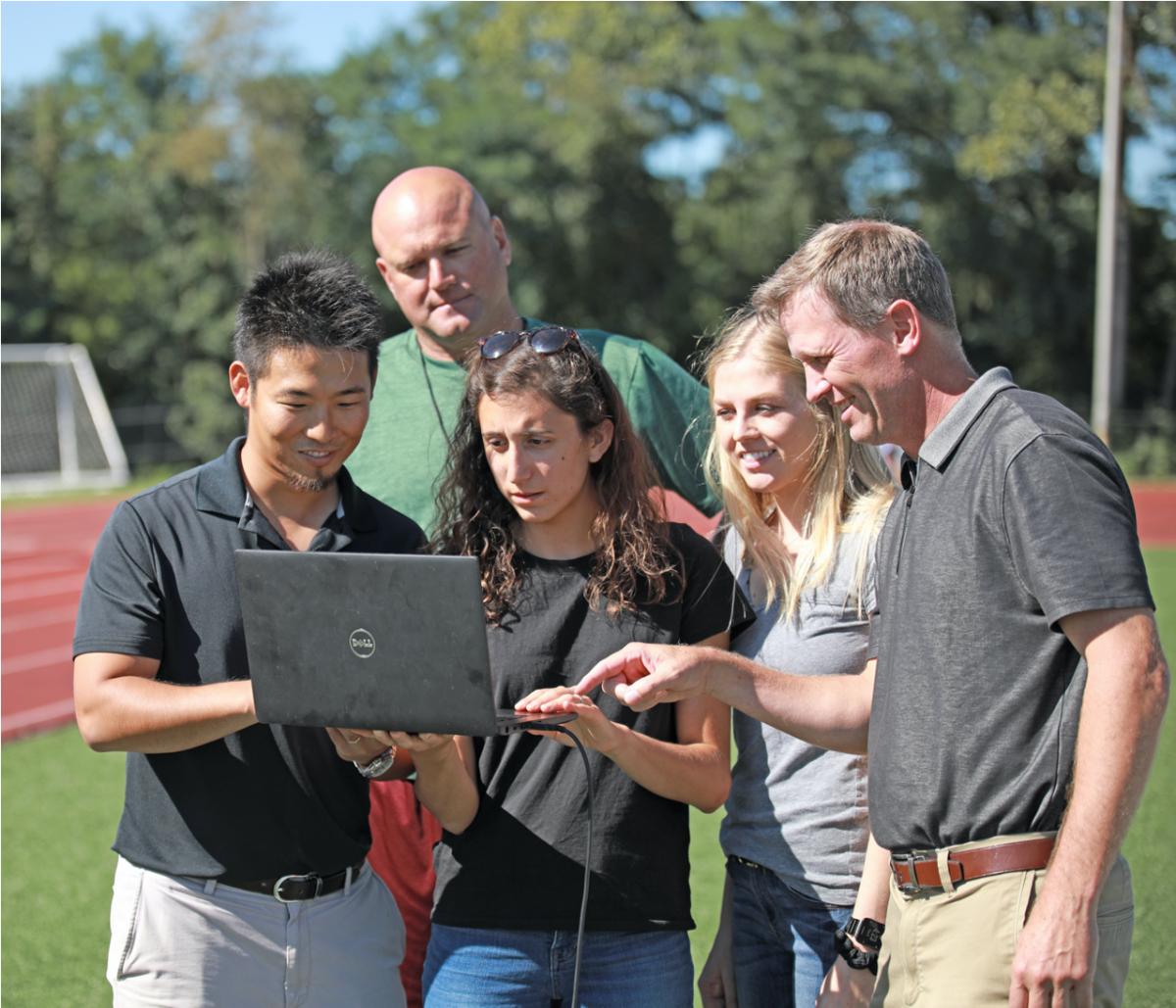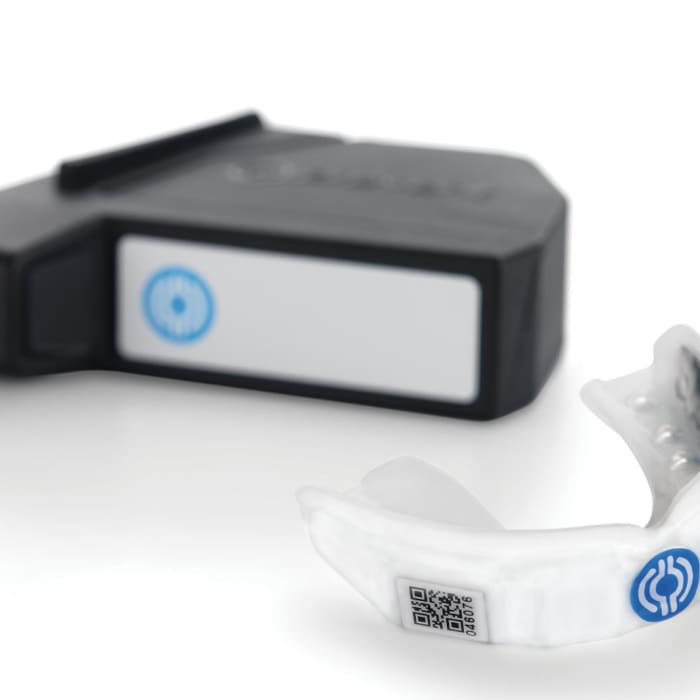Indiana Professor Studies Sub-Concussive Head Impact in Bloomington High School Football Players
BLOOMINGTON, Ind. — Football has always been that one sport that has a bad reputation for concussions, hard hits and yes those horror stories of CTE.
If you're a concerned parent contemplating on letting your child enroll in such a sport, or if you're an athlete who loves the game but has had one too many hits, Indiana University associate professor Kei Kawata has the study for you, and it's based in Bloomington, Ind.
Kei Kawata

The theme is what’s the safe range for head impact, and what’s the unsafe range for head impacts in football, and can repetitive sub-concussive head impacts cause detectable change in the brain?
Kawata and his team of researchers work in the Department of Kinesiology in the School of Public Health and were granted nearly a $3 million grant from the National Institute of Health to study whether repetitive sub-concussive impacts, not full blown concussions, negatively affect brain health in young adolescents.
Kawata and company are entering year two of a four-year long study tracking 160 high school football players plus 50 control athletes in other sports across five high schools including Bloomington North, Bloomington South, Bedford North, Edgewood and Mooresville High School.
”We’re connecting four years of longitudinal study tracking athletes up to four years,” Kawata said.
“There are many many things that come into play because the brain is a really diverse function, so there’s no single universal biomarker for the brain, so we have to test a lot of aspects of the brain.”
As of right now, this is the largest ongoing high school football study in the United States. It only continues to grow as more athletes and especially their parents are supportive of the research.
"It’s volunteer based, so we can’t mandate them, but still parents are really on board with this type of study," Kawata said.
Each participating athlete receives a Prevent Impact Monitoring Mouthguard by Prevent Biometrics. This mouthguard looks like a normal guard you'd see at Dick's Sporting Goods, just more expensive and with two visible sensors.


“Their device allows us to track how many head impacts and every single hit and every single magnitude," Kawata said.
“During that time, they (guards) collect hundreds of data points to capture what is the peak force of head impact at each direction and each linear and rotation force. This mouthguard can store up to more than 400 hits of data, and it can be transmitted any time as long as you sync.”
Have an iPhone handy? Thats's all that's needed to sync up the mouthguard's data unless the researcher prefers more upscale equipment.
The researchers look at all different factors to consider such as what part of brain is activated during resting period or during memory task, testing structural change, blood chemicals that come from the brain, saliva contents, functional tests like eye tracking, etc.
It seems simple enough, but it took about seven years to get to this point. Kawata and his team also had to conduct several pilot studies including the testing of the mouth guard to make sure the hits recorded were deemed actual hits in football.
Kawata said he's very pleased with the product and the team at Prevent Biometrics for their work.
Another factor to consider is not all football positions get hit the same or as often. A quarterback isn't going to get pummeled as much as an offensive or defensive lineman, or at least you'd hope not.
Plus, some athletes have different playing styles and exert themselves more than others and are innately stronger than their teammates.
“As you can imagine, some people really have no fear of going at it, and some do,” Kawata said. “Not everybody has the same resilience or threshold. Some people might be innately stronger or resilient. Some people might be more vulnerable.”
Kawata noted some athletes can only be studied for a couple of years due to graduation, but even still, there hasn't been any problems recruiting subjects.
Entering year two, Kawata said he's not able to release too much data since there are three full years left in the study. In the mean time, Kawata's goal has always been to study the effects of sub-concussive impact and help prevent injury for all players.
“There are a lot of benefits of football and the camaraderie and the fun that they have," Kawata said. "The coaches are really adamant about implementing good strategy to minimize head impact exposure."
Kawata is a father of two with one on the way and admitted five years ago, he might have been more cautious about letting his son play football.
A former Detroit Lions intern, Kawata has always loved the game and has seen the benefits of football can outweigh the dangers.
“This study is actually helping parents reassure how many head impacts are safe, and if you go beyond that, let’s watch them because 2,000 hits of head impact — it’s common sense and not a good idea, but there’s some level that should be fine," he said.
“I start to think if my son wants to play, yeah why not?”
